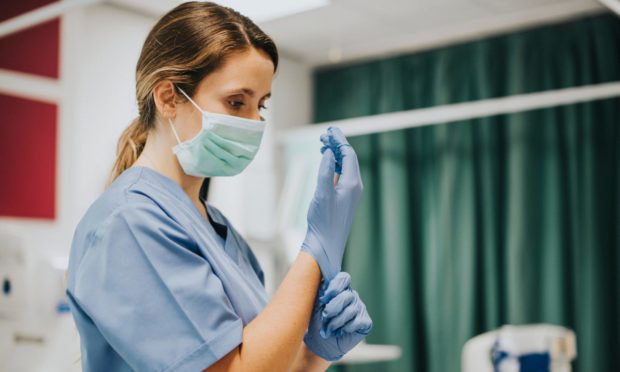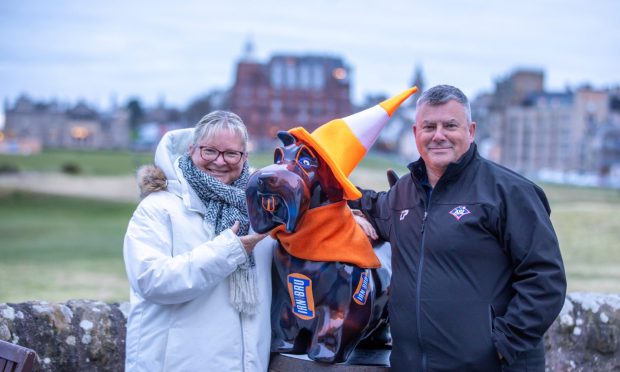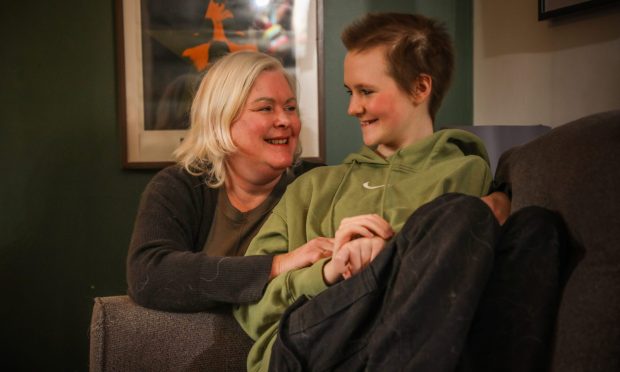No Covid-19 patients have been admitted to ICU in Scotland after being fully vaccinated, a new report has revealed.
The figures, up to May 9, do however show 26 people have so far been admitted to intensive care due to coronavirus despite receiving a first dose of a vaccine.
Scotland’s national clinical director Jason Leitch this week warned there are signs the country is entering a third wave due to rising case numbers.
The effectiveness of all vaccines available increase substantially after two doses.
Rising case numbers may not mean more restrictions
Scotland’s cabinet secretary for Covid recovery, John Swinney, recently suggested infection rates may no longer be the best measurement to use in deciding lockdown measures.
Mr Swinney said the successful vaccination programme has changed the “dynamics” and monitoring hospitalisation rates as well as case numbers could now be more important.
The vast majority of vulnerable and elderly people in the UK — who are the most likely to fall seriously ill if infected — have now been vaccinated.
The data comes from the Scottish Intensive Care Society Audit Group Report published by Public Health Scotland on June 2.
ICU admissions only include those to receive a positive test at least 14 days after being vaccinated — which is the estimated time it takes for a dose to take full effect.
Pfizer’s efficacy rate is 95%, Moderna’s 94.5% and AstraZeneca’s 81.3% after two doses.
It comes after the UK recorded zero Covid-19 deaths for the first time since the pandemic began.
Vaccination success
A Scottish Government spokesperson said: “To have such low admissions to intensive care is testament to the success of our vaccination programme.
“We are making great progress with more than three million people having received their first dose of vaccine, and more than two million people fully vaccinated.
“We are working with health boards where there is a rise in cases in order to support the local acceleration of the programme.
“It continues to be vitally important that everyone takes up the opportunity to get both doses of their vaccination when their opportunity arrives.
“The second dose offers greater and longer lasting protection, and should not be missed.”










